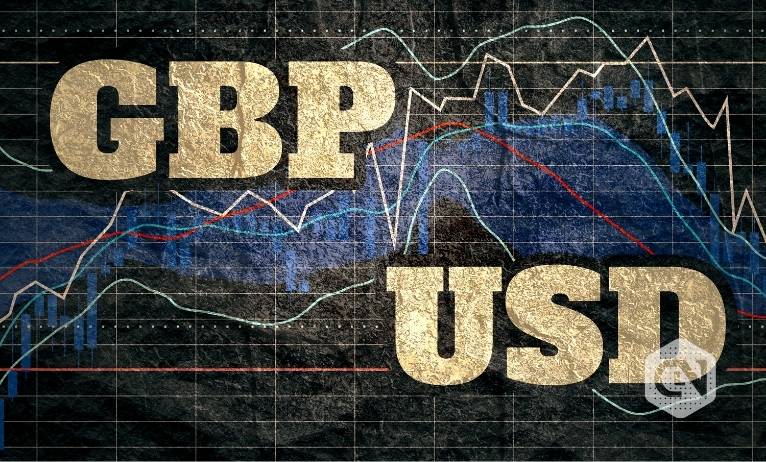Due to the UK economy’s particular sensitivity to the economic disruptions brought on by the coronavirus epidemic, the British pound decreased to its lowest level versus the dollar in 35 years.
The pound’s value has dropped significantly recently, falling 4.2% more to $1.15 on Wednesday. This year, it lost over a tenth of its worth. The change lowered the pound’s value to its level from March 1985. Later that year, the richest countries in the world agreed to the Plaza Accord, which devalued the dollar, increased the value of other currencies, and helped to lift the US economy out of a slump. More broadly, the flight to dollars, which affects all of the world’s major currencies, is catching up with the pound.
The price has approached the 2020 lows, the lowest levels since 1985, from which a correction might be in progress. In the upcoming weeks, a return toward the previous lows near 1.1760 could occur due to the weekly M-formation, which is a bullish trend. Check easyMarkets to Read more about price changes in USD, GBP, AUD, etc.
Advertisement
After a significant retracement from the lowest level recorded since 1985 on Wednesday, when the British economy was facing a dismal outlook, GBP/USD is now resting in the bottom quarter of the 1.15 range. UK politics are hurting the pound as investors consider the possibility of tax cuts under a new administration and rising inflation.
GBP/USD dropped to 1.1405 throughout the previous night, but the DXY, an indicator that compares the dollar’s value with a basket of other currencies, rocketed to a new bull cycle peak of 110.786, up just short of a weekly 2002 mark. The Bank of England will be significant as the UK deals with months of astonishingly high inflationary pressures.
Despite a course of rate increases, the cautions on growth outweigh any backing for the currency. At the same time, PM Truss’s plans may not be in line with the requirements of shareholders or supportive of the pound, which has already dropped more than 15% versus the dollar so far this year. Interest rates are anticipated to increase by 50 or 75 basis points when the BoE meets the following week.
In the following days, the focus will shift to Truss’ economic policies ahead of the BoE. Markets will be watching to see how she plans to address home energy costs that are on the rise, especially in light of government borrowing.
Advertisement
Please remember that past results are not necessarily reliable predictors of future behavior or outcomes. Future results cannot be predicted based on previous results or forward-looking situations supported by the third-party provider’s credible assumptions. Actual outcomes could be very different from projected in a forward-looking or previous record remark.







